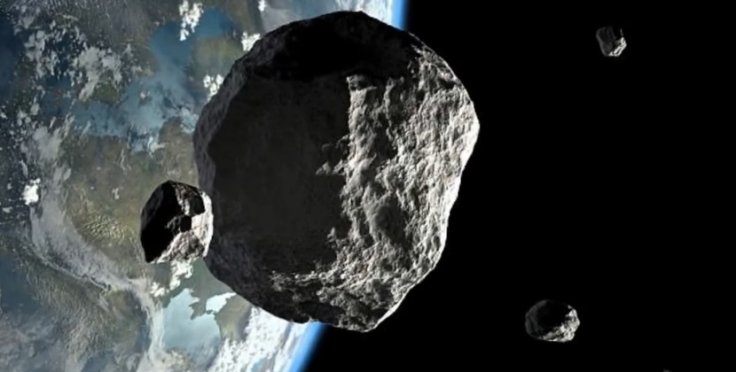
NASA's Center for Near Earth Object Studies has confirmed that a gigantic skyscraper-sized asteroid will fly close to Earth on February 4, 2018. The asteroid named '2002 AJ129' has been classified 'potentially hazardous' by NASA.
Even though the asteroid will most likely miss our planet, it may come decently close to our planet, approximately 2.6 million miles away. The distance in which it will make the flyby is very close as we talk in terms of outer space.
For those who ask the pertinent question as to what will happen if the asteroid hits our planet, the answer is, if an object of this size hits the Earth, the entire planet will go through a mini ice age for many years and the world temperature will fall down to 8-degree Celcius. However, the chances of such an impact are absolutely zero in this case.
This massive giant rock buzzing towards Earth is 0.7 miles wide and is 0.2 miles bigger than the massive Burj Khalifa skyscraper in Dubai. According to experts, this asteroid is traveling at a speed of 67,000 miles per hour.
Even though the possibilities of a massive hit is almost nil, scientists do want to keep an eye on this space object. Space scientists are monitoring this object the Goldstone Radio Telescope in California. Experts are also making use of the Arecibo telescope in Puerto Rico to learn more about this mammoth space body.
With the help of radar astronomy, scientists aim to learn more about the size, shape and the way in which these asteroids rotate. "We can actually learn a great deal about objects and start to answer some of these questions using radar observations," said Lance Benner, a NASA astronomer.
Radar astronomy is basically an imaging technique that blasts a powerful beam of radio waves to deep space so that these waves will bounce off an object. Later, the telescope picks up the faint echo of that pulse which will help to understand more about the wandering body.
"The telescope is kind of like a great big flashlight where you're turning it on and turning it off," added Benner.
The image we receive after radar astronomy will not be a mere photograph, instead, it will be an ultrasound scan report of the object, he explained. Depending on how it reflects the radar light, scientists will be in a position to understand more about the shape and nature of the asteroid.
Check out details about the impending arrival of the asteroid:









